On the back of Australia’s natural advantage of extensive solar resources for renewable hydrogen production, Australia’s Commonwealth Scientific and Industrial Research Organisation (CSIRO) has identified the country is well-positioned to develop electrolyser supply chains.
Its December 2024 Hydrogen Electrolyser Manufacturing (HEM) report projects Australia’s HEM sector could create 4,000 new jobs and generate $1.7 billion (USD 1.1 billion) in revenue for the economy by 2050.
CSIRO Futures Energy Lead Vivek Srinivasan said it is important for timely action, however, to capitalise on the opportunities.
“By leveraging Australia’s renewable energy advantages and innovative research and development capabilities, Australia can become a player in this rapidly emerging sector – but we must act quickly while the opportunity is available to us,” Srinivasan said.
“Building an electrolyser manufacturing sector isn’t just about meeting immediate demand; it’s an opportunity to develop an industry that adds long-term value to our economy and strengthens our energy security through building sovereign manufacturing capability.”
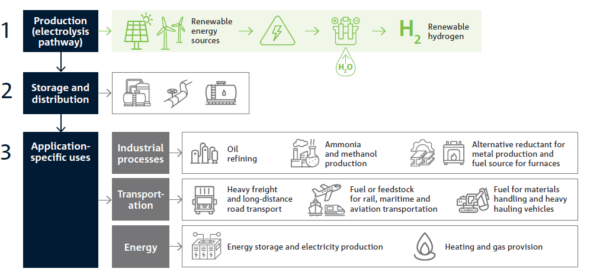
Image: CSIRO
The research underscores a strong starting position, with an emerging electrolyser manufacturers innovating technology and a significant domestic pipeline of projects seeking to produce renewable hydrogen.
CSIRO Hydrogen Industry Mission Leader Dr Patrick Hartley said there is a window of opportunity for Australia to seize a piece of the global electrolyser market.
“Australia has a significant pipeline of renewable hydrogen projects, with specific electrolyser procurement and maintenance needs,” Hartley said.
“If we can use our natural and technical advantages to develop a geographically aligned supply chain, Australia could reap the economic and environmental benefits of owning a significant portion of the electrolyser market.”
Two key recommendations from the report include the creation of strategic manufacturing hubs that leverage renewable electricity advantages and aggregate demand by aligning with adjacent clean energy manufacturing opportunities to facilitate strategic investments and decisions.
The report finds mechanisms that directly or indirectly support an electrolyser manufacturing ecosystem in Australia are priority areas for the federal government’s $15 billion National Reconstruction Fund (NRF) and the $22.7 billion Future Made in Australia package (FMIA).
For the FMIA, critical minerals processing and clean technology manufacturing specifically for solar photovoltaic panels and batteries is a key factor, while the New South Wales’ (NSWs) Net Zero Manufacturing Initiative offers up to $150 million in funding for manufacturing components used in renewable energy technologies, including electrolysers.
Demand from the hydrogen electrolyser value chain for rectifiers could also add to a large domestic demand for inverter units used in solar panels, and the technological similarity between the two components could allow domestic manufacturers to further justify investment and build a core capability relevant to multipole market segments, the report says.
This content is protected by copyright and may not be reused. If you want to cooperate with us and would like to reuse some of our content, please contact: editors@pv-magazine.com.
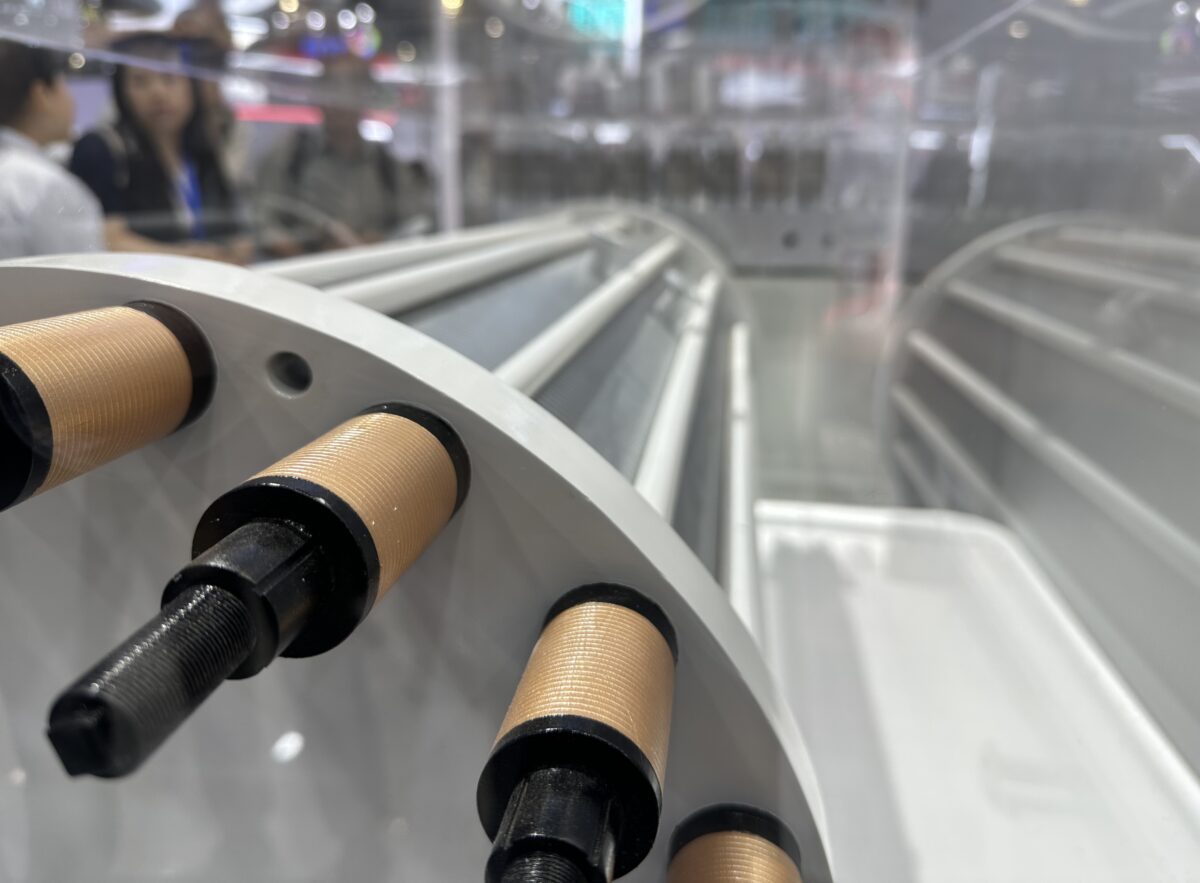
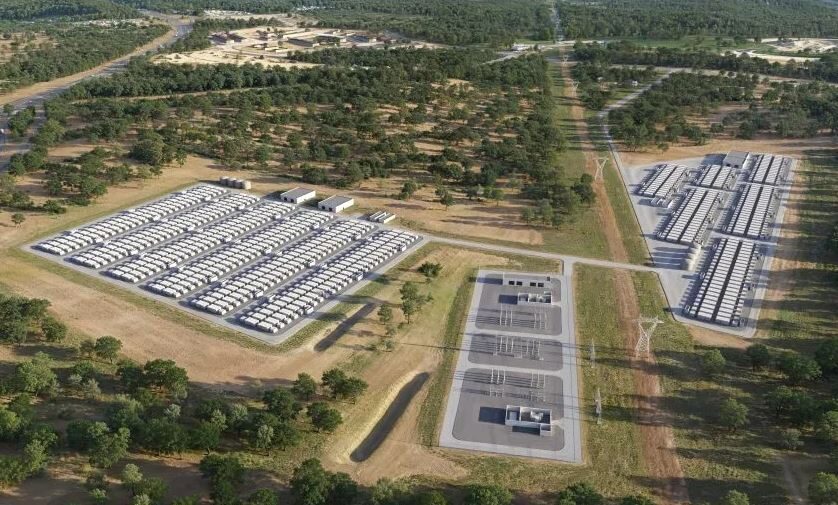

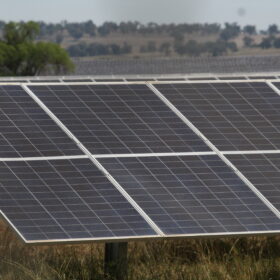
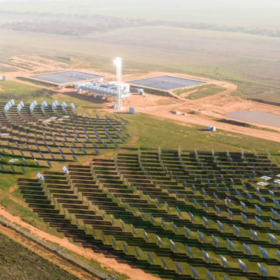
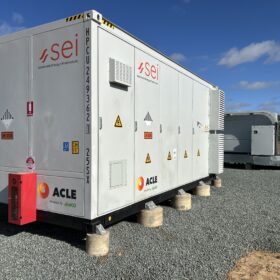
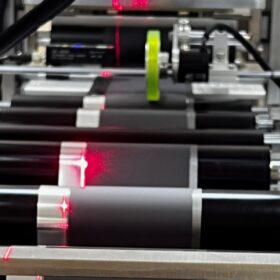
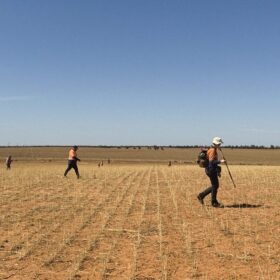
By submitting this form you agree to pv magazine using your data for the purposes of publishing your comment.
Your personal data will only be disclosed or otherwise transmitted to third parties for the purposes of spam filtering or if this is necessary for technical maintenance of the website. Any other transfer to third parties will not take place unless this is justified on the basis of applicable data protection regulations or if pv magazine is legally obliged to do so.
You may revoke this consent at any time with effect for the future, in which case your personal data will be deleted immediately. Otherwise, your data will be deleted if pv magazine has processed your request or the purpose of data storage is fulfilled.
Further information on data privacy can be found in our Data Protection Policy.